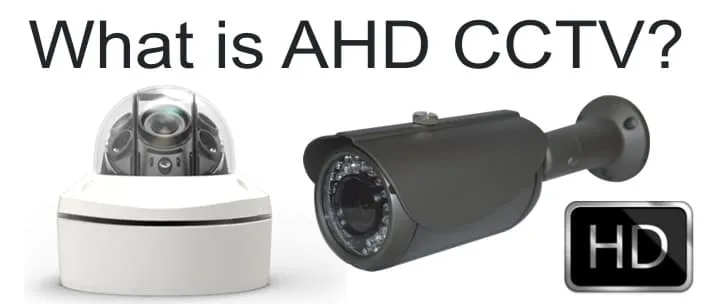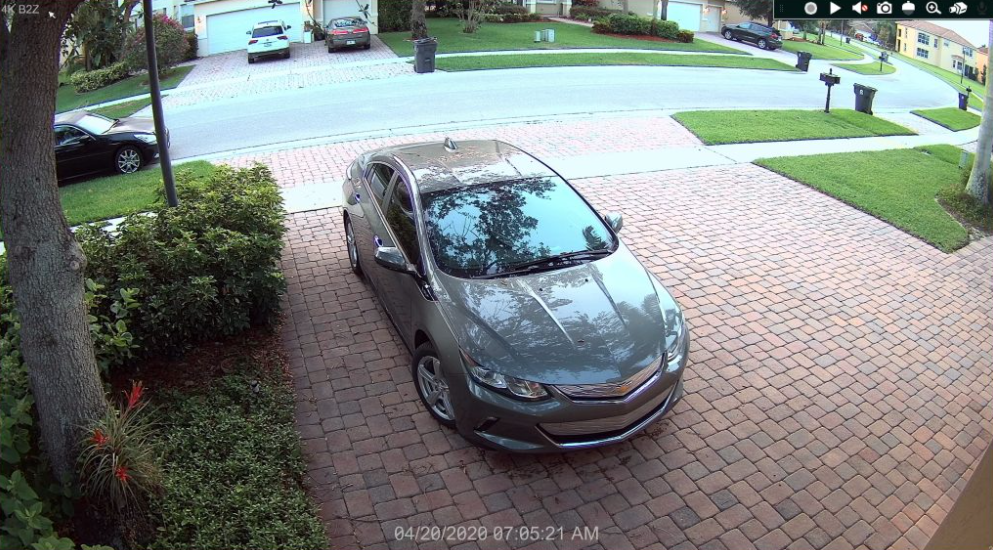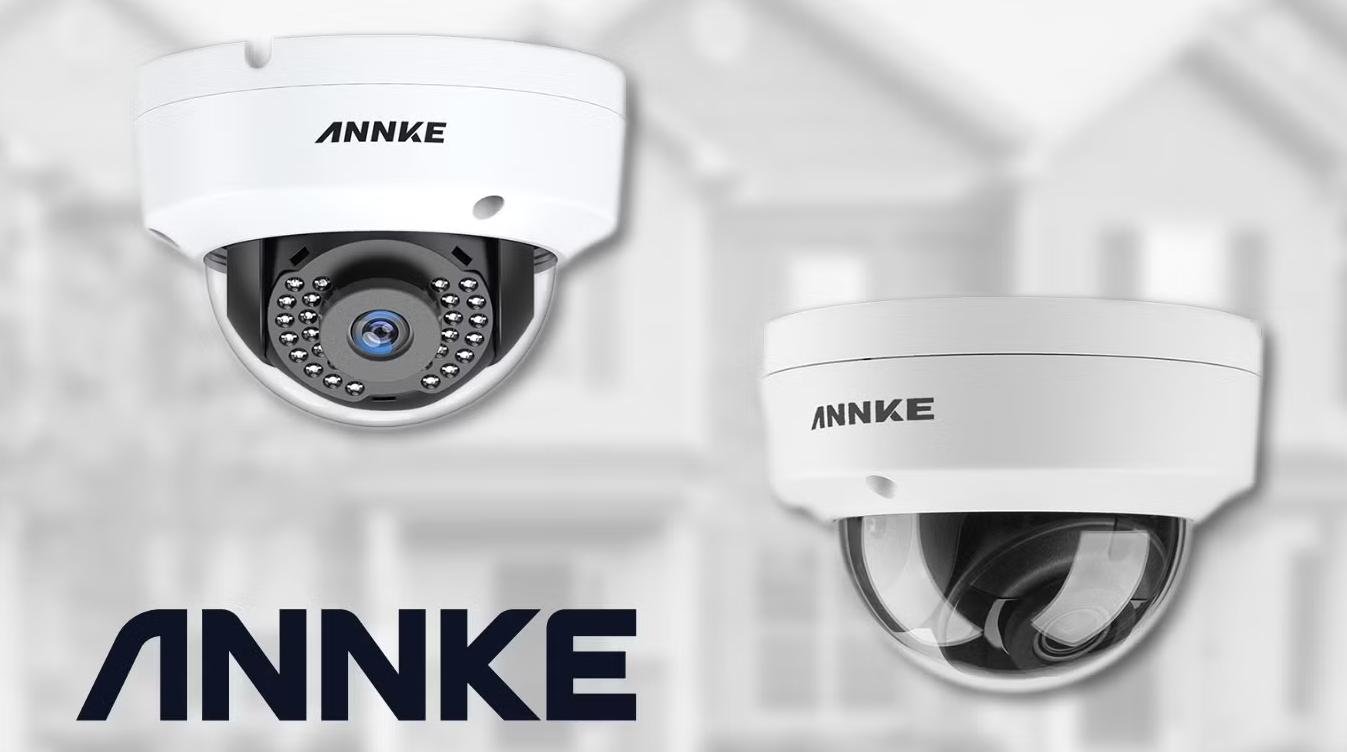Ever wonder how to achieve high-quality security footage without an entire system revamp? That’s where AHD cameras come in: HD over traditional coaxial cables, the best of both worlds in affordable and effective surveillance. But what is AHD, how exactly do they work, and why are they blowing up in the security world? Let’s look into the benefits of AHD cameras and why they might just be the upgrade your system needs.
What is AHD Camera and its Advantages?
AHD is a kind of camera that transmits high-definition video over traditional analog coaxial cables. Its technology is designed to raise the bar of Analog Video Surveillance systems to enable HD video transmission without an overall remake of the infrastructure. This camera can reach resolutions such as 1080P, quite an upgrade from regular cameras that are limited to only 480P or less.

Key Advantages of AHD Cameras
-
High-Definition Image Quality:
AHD cameras provide resolutions up to 1080P, offering clear and detailed images that far exceed the quality of traditional analog systems. This makes AHD ideal for applications needing high-definition surveillance. -
Longer Transmission Distance:
AHD technology can transmit HD video signals over distances of up to 500 meters using traditional 75-3 coaxial cables. This is much greater than the distance supported by standard analog systems, which usually suffer from signal loss over long cables. -
Improved Signal Quality and Stability:
AHD uses advanced Y/C signal separation and filtering to reduce color noise and improve image clarity. Compared to conventional analog systems, this results in a more stable video feed with less delay. -
Easy Compatibility and Upgrades:
Many modern DVRs are hybrid or “tri-brid,” supporting analog, AHD, and IP cameras. This allows for flexibility without high infrastructure costs. -
Cost-Effective Installation:
Despite offering HD resolution, AHD cameras are priced similarly to traditional analog cameras. Their installation is also simple, with many models supporting OSD (On-Screen Display) menus for easy setup and operation. -
Real-Time Transmission:
AHD cameras transmit uncompressed video in real time, ensuring zero latency. This is crucial for applications requiring immediate monitoring, such as security and surveillance.
How do AHD Cameras Work?
AHD cameras transmit high-definition video signals through coaxial cables. Here’s how they work:
- Image Capture: The AHD CCTV camera captures light through its lens, focusing the scene onto a sensor (usually CMOS or CCD). The sensor converts light into electrical signals.
- Signal Processing: These signals are processed inside the camera and turned into an analog video output, usually at 720p or 1080p.
- Transmission to DVR: The analog HD signal is sent over coaxial cables to an AHD-compatible DVR. Modern DVRs decode and record these high-definition signals.
This makes AHD cameras a cost-effective, reliable, and scalable solution for surveillance needs.
Common Use Cases of AHD Camera
- Traffic Monitoring: AHD cameras are used to watch traffic and intersections to see how cars are moving and to find any accidents.
- Public Safety: AHD cameras in parks streets and city centers help keep people safe by scaring away bad people and helping police find criminals.
- Transit Hubs: These AHD security cameras are installed in bus stations, train stations, and airports to ensure passenger and staff safety by detecting threats and unauthorized access.
Installation and Maintenance Tips for AHD Cameras
- Check Existing Cables: Ensure your coaxial cables (e.g., RG59, RG6) are in good condition, with no wear or damage.
- Camera Placement:
- Choose strategic locations like entrances, exits, and parking areas for maximum coverage.
- Mount at optimal heights and angles to avoid obstructions and improve facial recognition.
- Indoor vs. Outdoor Installations:
- Indoor setups are simple and stable.
- Outdoor setups may require weatherproof housings and IR lighting for clear nighttime visibility.
- Regular Maintenance:
- Clean camera lenses and housings to remove dirt or dust.
- Inspect cable connections and ensure they are secure and corrosion-free.
- Monitor DVR Health: Regularly check DVR storage and health to avoid data loss.
- Troubleshoot Image Issues:
- Clean lenses if images are blurry.
- Replace or reposition cables if there are image distortions.
- Keep Firmware Updated: Ensure your DVR firmware is up-to-date to access new features and security patches.
These steps help maintain your AHD camera system’s performance and extend its lifespan.
Future Trends and Advancements in AHD Cameras
As technology advances, AHD (Analog High Definition) cameras continue to improve, offering more features and better performance. Here are some key trends for the future:
1. Enhanced Edge Processing
Future AHD cameras will use advanced processing technology. Makes it possible to edit more video data on the device. This eliminates the need to send data back to a central server. This makes the system more efficient and cost-effective. With a powerful processor in the camera, Real-time video processing is possible. Improved performance and reliability
2. Higher Resolutions
Currently, HD AHD cameras have resolutions up to 1080p. Future models may support higher resolutions. This can go up to 4K which will result in clear video. This makes it easy to identify details and potential threats in surveillance video.
3. Advanced Signal Processing
AHD technology already includes advanced signal filtering and 3D noise reduction to improve image quality. Future developments in algorithms and signal processing will make this capability even better, providing clearer, more detailed footage even in low-light or challenging environments.
4. Smart Home Compatibility
AHD cameras will become more compatible with smart home systems. This will allow users to manage their surveillance systems through platforms like Amazon Alexa, Google Assistant, and Apple HomeKit. As smart home integration grows, AHD cameras will offer seamless automation, such as triggering actions (e.g., turning on lights) based on motion detection.
5. Wireless Connectivity and Remote Access
Wireless connectivity is a key trend for future AHD cameras. With more cameras adopting Wi-Fi technology, users will be able to access their systems remotely via smartphone apps or voice commands. This will increase the flexibility and convenience of monitoring security systems from anywhere.
6. Automation and Alerts
Smart home integration will allow AHD cameras to trigger automated actions, such as sending alerts or activating other smart devices when motion is detected or security breaches occur. This will enhance both the functionality and overall security of a property.
7. Voice Control
As virtual assistants become more integrated with 1080P AHD cameras, voice control will become an important feature. Users can view live feeds. Adjust settings Or get camera status updates using just a voice command. Improve ease of use and accessibility.
These trends highlight the growing capabilities of AHD cameras, positioning them as a versatile and high-performance solution for a wide range of security applications.
Summary
As technology continues to improve, AHD cameras can become more efficient and effective. It offers a higher resolution. Smarter features and seamless integration with modern security systems. By embracing these advances, you are leading the way in protecting your assets. Stand firm and enjoy a cost-effective and reliable inspection solution.







